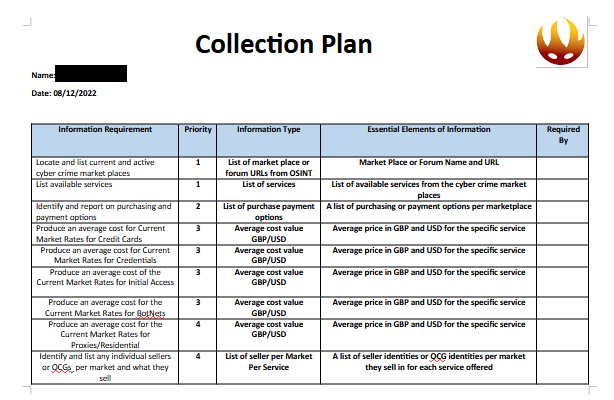This weekly blog post is from via our unique intelligence collection pipelines. We are your eyes and ears online, including the Dark Web.
There are thousands of vulnerability discussions each week. SOS Intelligence gathers a list of the most discussed Common Vulnerabilities and Exposures (CVE) online for the previous week.
We make every effort to ensure the accuracy of the data presented. As this is an automated process some errors may creep in.
If you are feeling generous please do make us aware of anything you spot, feel free to follow us on Twitter @sosintel and DM us. Thank you!
1. CVE-2012-2459
Unspecified vulnerability in bitcoind and Bitcoin-Qt before 0.4.6, 0.5.x before 0.5.5, 0.6.0.x before 0.6.0.7, and 0.6.x before 0.6.2 allows remote attackers to cause a denial of service (block-processing outage and incorrect block count) via unknown behavior on a Bitcoin network.
https://nvd.nist.gov/vuln/detail/CVE-2012-2459
2. CVE-2022-46490
GPAC version 2.1-DEV-rev505-gb9577e6ad-master was discovered to contain a memory leak via the afrt_box_read function at box_code_adobe.c.
https://nvd.nist.gov/vuln/detail/CVE-2022-46490
3. CVE-2022-46489
GPAC version 2.1-DEV-rev505-gb9577e6ad-master was discovered to contain a memory leak via the gf_isom_box_parse_ex function at box_funcs.c.
https://nvd.nist.gov/vuln/detail/CVE-2022-46489
4. CVE-2021-38003
Inappropriate implementation in V8 in Google Chrome prior to 95.0.4638.69 allowed a remote attacker to potentially exploit heap corruption via a crafted HTML page.
https://nvd.nist.gov/vuln/detail/CVE-2021-38003
5. CVE-2022-41080
Microsoft Exchange Server Elevation of Privilege Vulnerability. This CVE ID is unique from CVE-2022-41123.
https://nvd.nist.gov/vuln/detail/CVE-2022-41080
6. CVE-2018-17144
Bitcoin Core 0.14.x before 0.14.3, 0.15.x before 0.15.2, and 0.16.x before 0.16.3 and Bitcoin Knots 0.14.x through 0.16.x before 0.16.3 allow a remote denial of service (application crash) exploitable by miners via duplicate input. An attacker can make bitcoind or Bitcoin-Qt crash.
https://nvd.nist.gov/vuln/detail/CVE-2018-17144
7. CVE-2022-41082
Microsoft Exchange Server Remote Code Execution Vulnerability.
https://nvd.nist.gov/vuln/detail/CVE-2022-41082
8. CVE-2022-23087
N/A
https://nvd.nist.gov/vuln/detail/CVE-2022-23087
9. CVE-2022-4025
Inappropriate implementation in Paint in Google Chrome prior to 98.0.4758.80 allowed a remote attacker to leak cross-origin data outside an iframe via a crafted HTML page. (Chrome security severity: Low)
https://nvd.nist.gov/vuln/detail/CVE-2022-4025
10. CVE-2022-46164
N/A
https://nvd.nist.gov/vuln/detail/CVE-2022-46164








Recent Comments